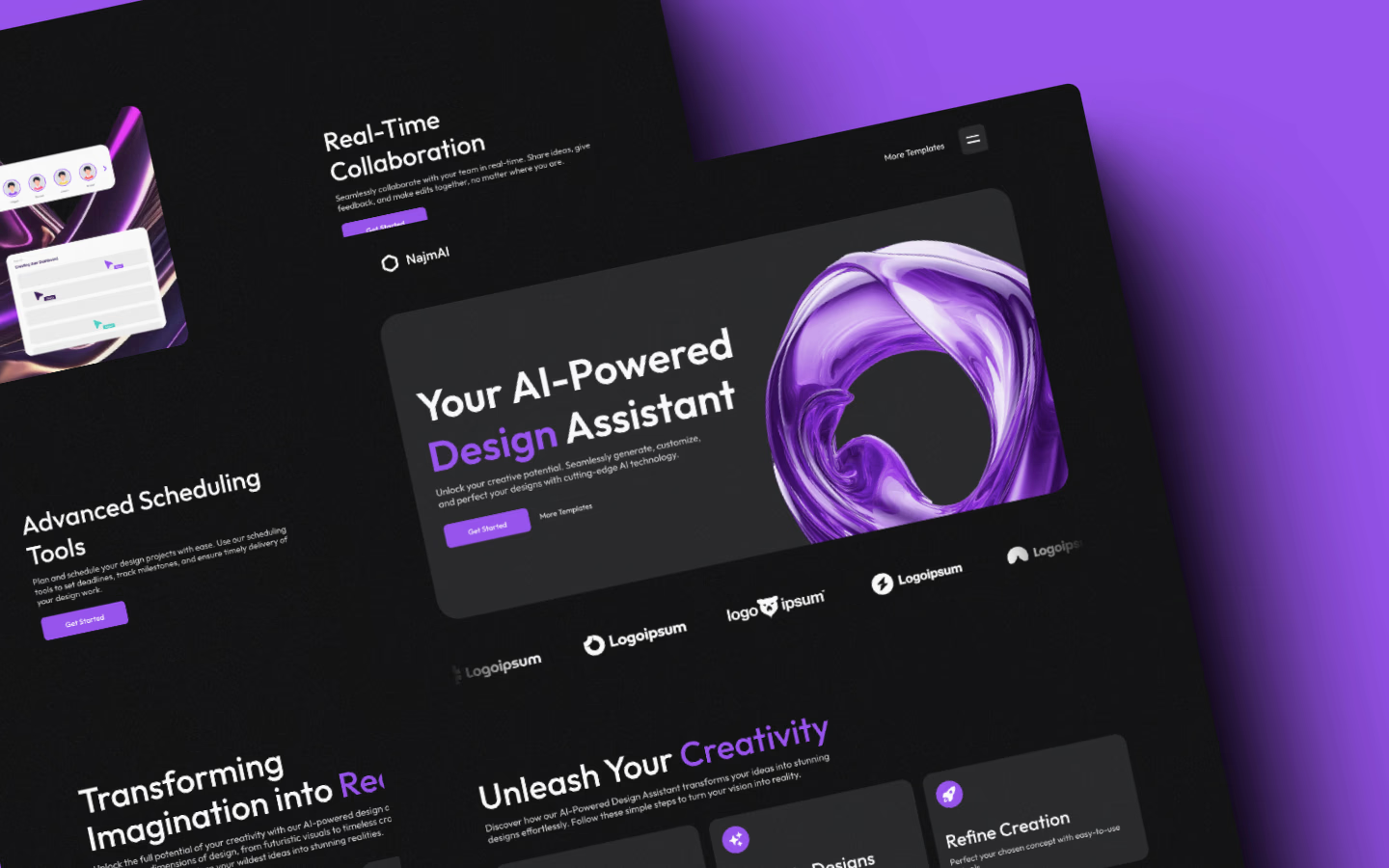
28 Feburary 2025
Improving Web Performance: Optimization Tips for Frontend Developers
Reduce HTTP Requests
• Minimize the number of HTTP requests by combining files like CSS and JavaScript where possible.
• Use image sprites to combine multiple small images into a single file.
• Use the "preload" attribute for key resources that need to load faster.
• Serve assets like JavaScript or CSS only when they are required, reducing unnecessary loads.
Optimize Images
• Compress images using tools like ImageOptim, TinyPNG, or WebP format to reduce file size without losing quality.
• Use responsive images with the `
• Implement lazy loading for images that are not immediately visible, deferring their loading until they come into the viewport.
• Use SVGs for simple graphics and icons to reduce file sizes and improve scalability.
Minify and Bundle Assets
• Use tools like Webpack or Vite to bundle and minify JavaScript, CSS, and HTML files, reducing their size.
• Enable tree-shaking to eliminate unused code from your JavaScript bundles.
• Remove unnecessary white spaces, comments, and unused code from CSS and JavaScript to make your files smaller.
• Use asynchronous loading for JavaScript files using `async` or `defer` attributes to improve initial page load performance.
Leverage Browser Caching
• Set up caching strategies for static assets like images, JavaScript, and CSS files to reduce load times for returning visitors.
• Use Cache-Control headers to instruct the browser to cache assets for a specific duration.
• Implement versioning for assets by appending hashes to filenames to ensure users always receive the latest version when files are updated.
• Utilize service workers to cache assets and create an offline-first experience for users.
Optimize JavaScript Execution
• Defer non-essential JavaScript execution to improve the time-to-interactive (TTI) of your page.
• Minimize the use of heavy libraries and frameworks that may slow down the page load time.
• Optimize JavaScript loops, DOM manipulation, and event listeners to prevent excessive reflows and repaints in the browser.
• Use Web Workers for background tasks, such as data processing, to avoid blocking the main thread.
Use a Content Delivery Network (CDN)
• Distribute static assets like images, CSS, and JavaScript files across multiple geographic locations using a CDN.
• This ensures that users download resources from a server close to them, reducing latency and improving load times.
• CDNs often provide caching and compression features, further improving your website's performance.
Optimize CSS Delivery
• Use critical CSS to load only the necessary styles required for the initial page render and defer the rest.
• Inline small CSS snippets directly into the HTML to avoid additional network requests.
• Use media queries to load specific styles for different devices, ensuring that CSS files are loaded only when necessary.
Monitor and Analyze Performance
• Use performance monitoring tools like Google Lighthouse, WebPageTest, or Chrome DevTools to measure and analyze performance bottlenecks.
• Track the performance of your website in real-time to identify areas that need optimization.
• Pay attention to metrics like Largest Contentful Paint (LCP), First Input Delay (FID), and Cumulative Layout Shift (CLS) for a better user experience.
Prioritize Mobile Performance
• Ensure your website is optimized for mobile devices by implementing responsive design and mobile-first principles.
• Minimize JavaScript and CSS execution on mobile devices to improve performance on lower-powered devices.
• Use touch-friendly elements and ensure fast, smooth interactions for a better mobile experience.
Conclusion
Improving web performance is an essential task for frontend developers, as it directly impacts user experience, engagement, and retention. By following these optimization tips, you can significantly reduce load times, improve responsiveness, and create a smoother browsing experience. Regularly monitoring your website's performance and adopting the best practices will help you stay ahead in providing a faster and more enjoyable experience for your users.
More Article

March 22,2025
Mastering Responsive Design

March 22,2025
Modern Frontend Development Best Practices

March 22,2025
Understanding CSS Grid and Flexbox

March 22,2025
A Beginner’s Guide to JavaScript Frameworks
©Amit Dhangar all rights reserved